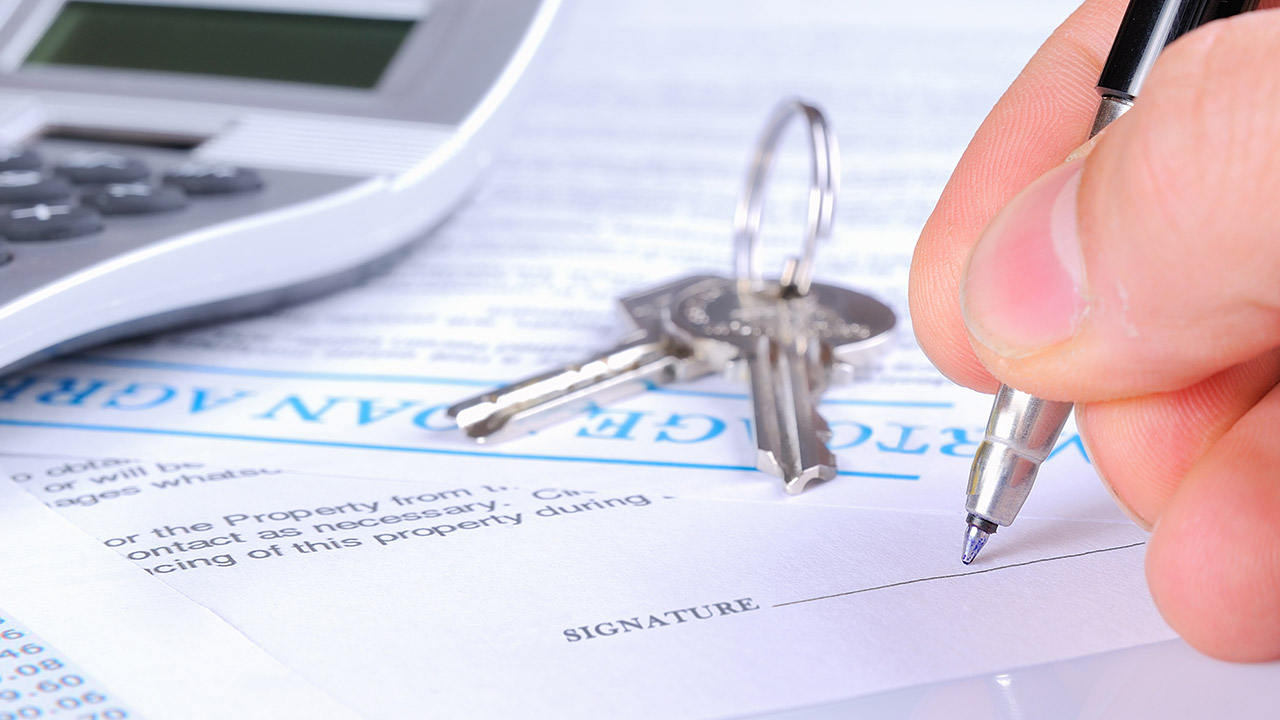Real estate agents will often recommend that their clients get pre-approved for a mortgage before embarking on a home search. It gives buyers a better idea of how much they can comfortably afford, and gives sellers the peace of mind knowing that there’s a good chance that the buyers will be capable of obtaining financing for a streamlined deal.
But in addition to a mortgage “pre-approval,” you’ve probably also heard of a “pre-qualification.” Don’t they sound like a different name for the same thing? What exactly is the difference?
The distinction lies in the accuracy of estimation of how much you can afford to borrow to purchase a property, and the weight held in the actual mortgage approval process.

What Pre-Qualifications Mean
The first step in the mortgage process typically starts with a pre-qualification. This simple step basically involves providing a lender with documents that help paint a picture of your finances. Your income, assets, and debt are looked at and evaluated, after which the lender can get a better idea of how much of a loan you’d be able to realistically afford.
There’s no lengthy or in-depth investigation of your credit history or any other issues that may have a detrimental effect on your ability to afford and pay off a loan. The lender is essentially depending on whatever information you supply in order to estimate how capable you are of paying for a home within a certain price bracket.
Basically, a pre-qualification is meant to provide you with an explanation of mortgage options that may be available to you based on the information you give the lender. At that point, the lender can make recommendations about which type of mortgage product and amount would be ideal for your specific financial situation.
But a pre-qualification doesn’t mean a mortgage amount is written in stone; it’s simply the amount of loan that you could potentially be approved for.
A pre-approval offers a more solid indication of whether or not mortgage approval is imminent, though pre-approvals aren’t necessarily a sure thing either.
What Pre-Approvals Mean

After a pre-qualification, the next step in the mortgage process is a pre-approval. This process is a lot more involved than a pre-qualification, and includes a much deeper investigation of your financials and credit history. Instead of looking solely at the data you supply to a lender, it involves a much more extensive check into your background.
A mortgage application will need to be filled out and submitted to a lender, along with all supportive documentation related to your financial and credit history. Make no mistake – lenders will be able to uncover any negative aspects about your credit rating even if you aren’t entirely upfront about them.
At this point, your lender will be able to give you a more precise loan amount that you’d be approved for at that given time. You can also get a clear idea of the interest rate you’d be given upon mortgage approval, and in many cases you can even lock in at a certain rate.
A mortgage pre-approval essentially means that you’ve been given a conditional loan commitment for a precise amount. This gives you a more accurate picture of how much you can afford, and can adjust your home search accordingly. There’s no point in looking in the $800,000 to $1 million bracket when you can only realistically afford between $400K to $500K.
Not only does this help you avoid major disappointment during your home search, it also puts you in favor of sellers, which can come in really handy when there are other interested buyers who you may be competing with. And when you do find that perfect home that you put an offer on, the closing process can move along much more quickly.
What Pre-Qualifications and Pre-Approvals DON’T Mean

Only after you’ve put in an offer on a home that’s contingent on financing will an actual loan commitment be issued. A pre-approval puts you close to being 100% approved, but a loan commitment can only be promised by a lender after there’s an actual home in the picture. That’s because the home itself needs to be appraised to verify its real value according to current market conditions, which needs to be at or above the final agreed-upon sale price.
If the appraiser deems the home worth less than what you agreed to pay for it, you could potentially be denied a mortgage to finance it. Lenders aren’t in the business of handing out loan amounts that are more than the home’s appraised value.
The lender might also need more info if certain things are discovered during the appraisal that warrant further investigation, such as structural issues or liens on the property. And if anything has changed with your finances and credit since your pre-approval – such as new debt or loss of a job – this could affect final mortgage commitment from your lender. That’s why another income and credit profile check will be conducted again before final approval.
A mortgage commitment letter is issued only after the lender is 100% sure that a loan will be granted. For this reason, the closer the commitment date on the contract to the offer date, the better.
While pre-qualifications and pre-approvals don’t guarantee you a loan commitment, they’re still extremely helpful in the house hunting process. You’d be well-advised to take these steps to help you figure out how much you can afford, and speed up the closing process after you’ve found the perfect home that you’ve agreed to purchase.